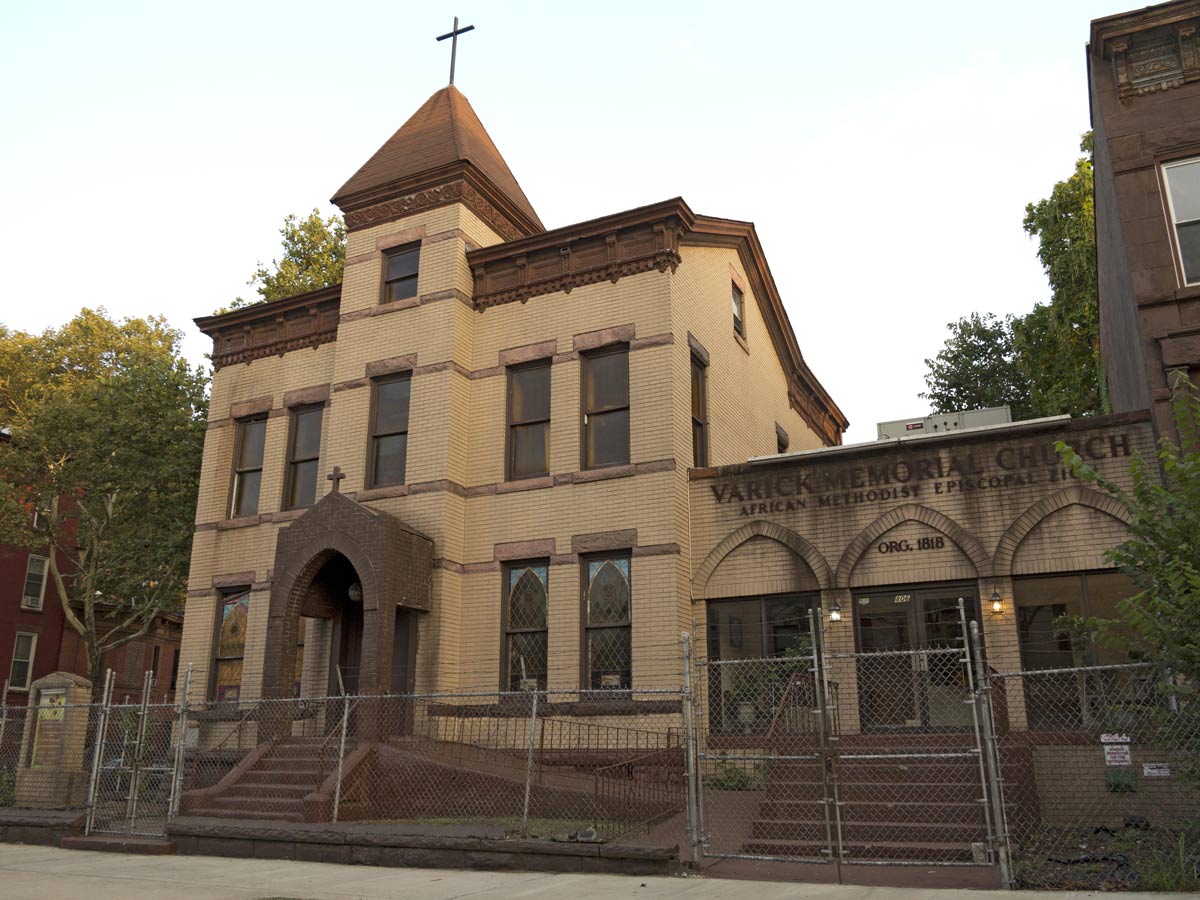For more than four centuries, the Black church, America’s foremost institution epitomizing steadfastness, has played a prominent role in advancing critical democratic and societal change.
“From one-room praise houses to unprecedented metropolitan mega churches, Black churches (since the time of enslavement) have been the heart and soul of the African American community,” Dr. Henry Louis Gates, Jr., the historian, filmmaker and author (The Black Church: This is Our Story, This is Our Song), said.
But what about the church structure which houses a bleeding heart and spiritless soul within a weakening framework pelted hard by a tumult of social issues?
Today, Black churches are experiencing challenges like deterioration – from stained glass windows to steeples in need of restoration; deferred maintenance, insufficient funds; threats of demolition, aging, closure and dealing, at the same time, with myriad social conditions, including gentrification and other neighborhood changes.
In the wake of this gloomy forecast, a ray of hope came this week to dozens of churches across America as the nation commemorated the life and impact of The Reverend Dr. Martin Luther King, Jr.
The National Trust for Historic Preservation’s African American Cultural Heritage Action Fund announced its first round of Preserving Black Churches grants to 35 historic Black churches for a total investment of $4 million.
The Action Fund’s program, a $20 million initiative funded by Lilly Endowment Inc., is helping historic Black churches and congregations reimagine, redesign and deploy historic preservation to protect the cultural assets and legacies they steward, tell their stories of resiliency and hope, and carry their missions into the future.
Timed to MLK Day observance on Monday, Jan. 16, the program supports Black churches that have long been at the center of the Civil Rights Movement yet continue to face endangerment. According to the Religious News Service, “the grants, from $50,000 to $200,000, based on the scope and scale of the projects, will aid churches from Alaska to Alabama that are often some of the oldest buildings in their communities and could benefit from money to help with long-term maintenance, immediate repairs or future public presentations.”
Locally, Varick Memorial African Methodist Episcopal Zion Church, 806 Quincy Street in Brooklyn and Mother A.M.E. Zion Church, 140-148 West 137th in Manhattan are among the recipients of the two New York churches among the 35 grantees awarded this year.
As the oldest continuous Black congregation in Brooklyn, Varick Memorial AME Zion Church boasts more than two centuries of history, impact, and heritage, yet the building has been uninhabitable since 2020. This grant will support critical restoration for the building’s envelope, making it accessible once more to the active congregation and helping the church revive its high-impact community programs.
With the congregation’s origins dating to 1774, Mother AME Zion Church—operating today in a building designed by African American architect George Washington Foster, Jr.—is a center of community activity in New York City’s Harlem neighborhood. This grant will seed investment for a new endowment to help the church congregation set a more sustainable funding model for the future preservation of its landmark.
Varick Memorial is closed. Mother AME Zion is open.
“Our grants will help these churches open their doors and continue to fulfill their religious missions and community programs,” said Brent Leggs, executive director, African American Cultural Heritage Action Fund and senior vice president, National Trust for Historic Preservation. “The Action Fund created the Preserving Black Churches program to recognize and celebrate the Black church for its contributions to American life, culture, and history, while also investing in their physical permanence and financial sustainment into the future.
“Leaving an indelible imprint on our society, historic Black churches hold an enduring legacy of community, spirituality, and freedom that continues to span generations.”
With leadership support from Lilly Endowment Inc, Preserving Black Churches also will strengthen stewardship and asset management, interpretation, and fundraising activities of historic Black churches across the country.
“It is inspiring to see the Action Fund’s commitment,” said Dr. Gates, national advisory councilmember for the Heritage Action Fund. “After all, these are our sacred sites, which our ancestors built from the ground up, and we must do everything we can to ensure their survival. Preserving these structures is a visible way of preserving a crucial chapter of Black History.”
“We focus not only on the preservation of the physical buildings but also on the profound stories embodied in their walls, landscapes, cemeteries, and beyond,” Mr. Leggs, executive director of the fund and senior vice president of the trust, told Religion News Service via email.
“Their role as centers of Black religion, culture, and service is fundamental to understanding the lived experience of Black Americans.”
With more than $80 million in funding, the Action Fund is the largest U.S. resource dedicated to preserving African American historic places.
To learn more about the Preserving Black Churches program, visit savingplaces.org/blackchurches.


